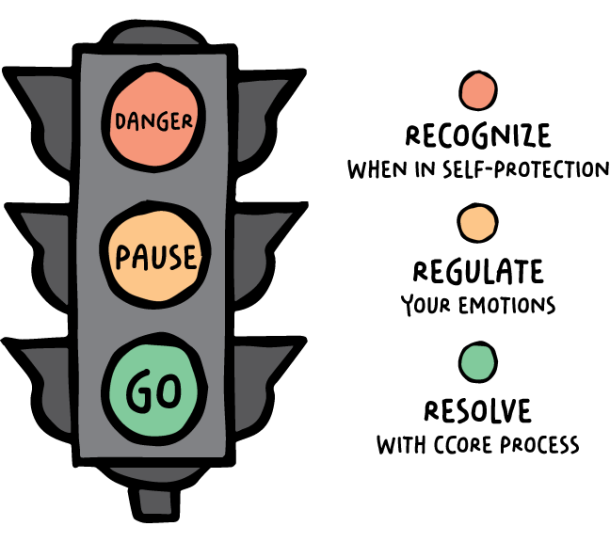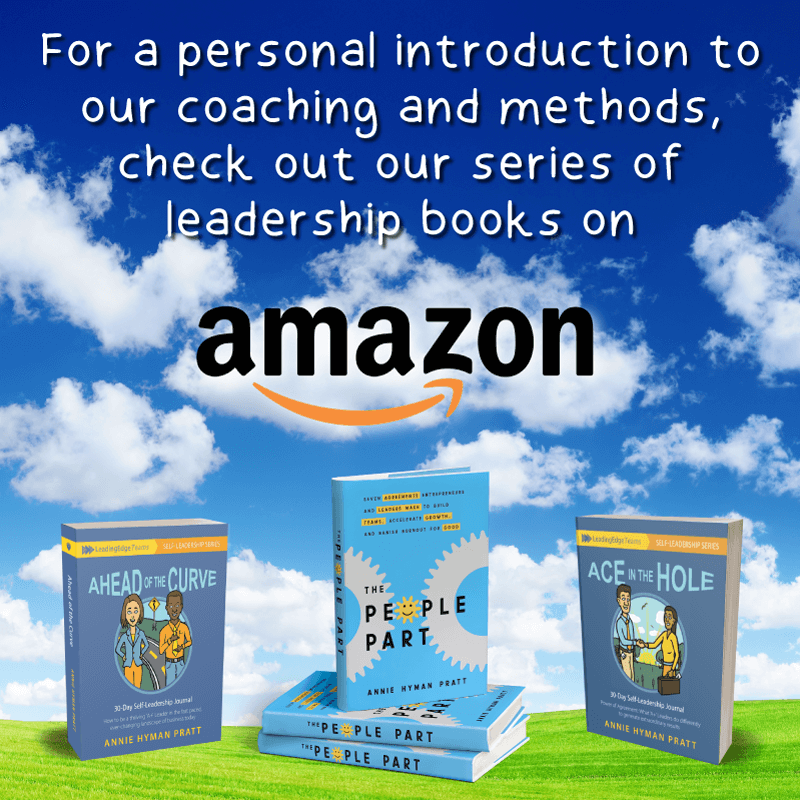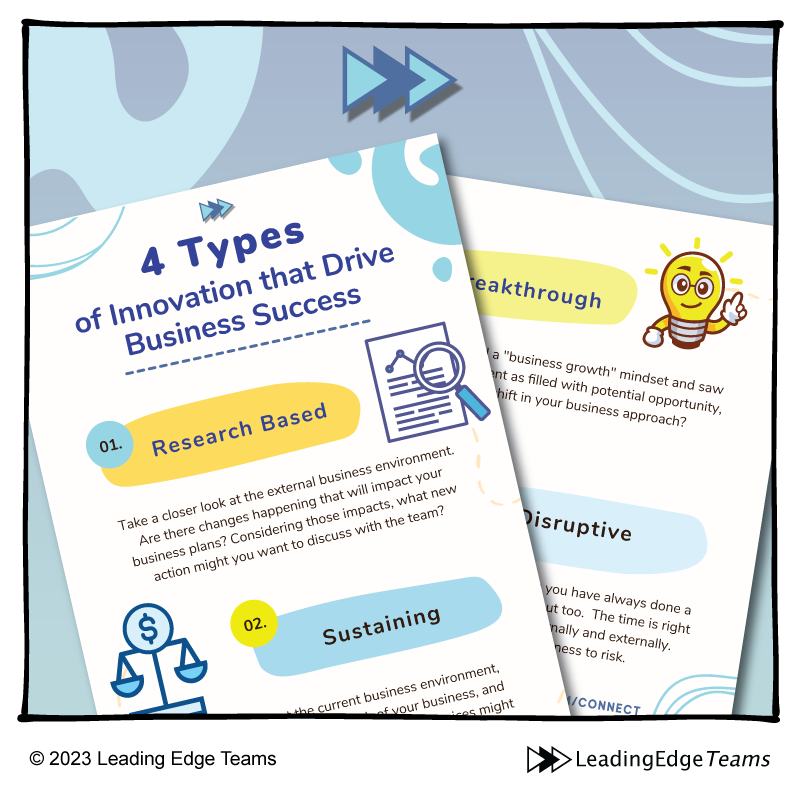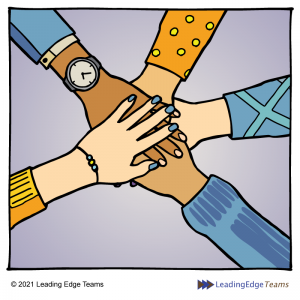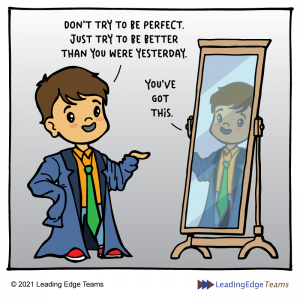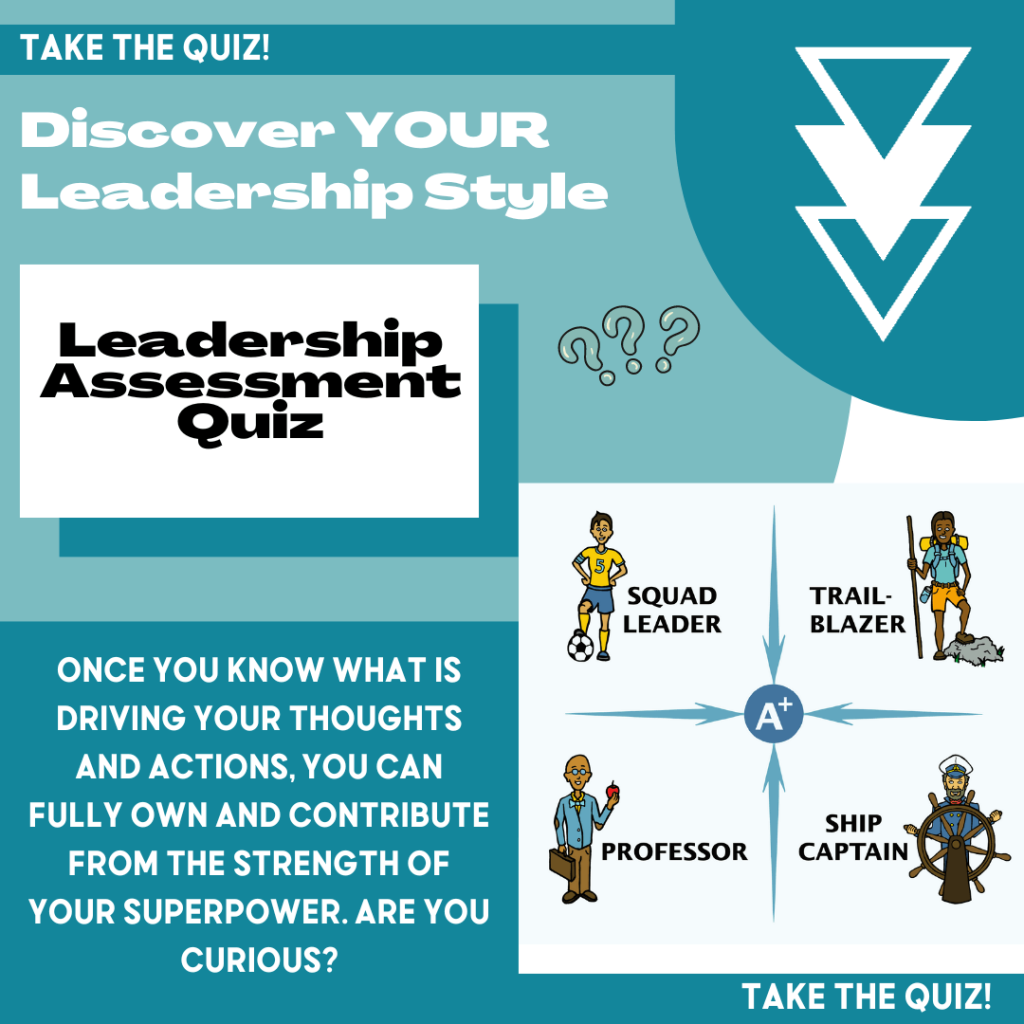Are emotional reactions interfering with collaboration and effective leadership within your company?
Hi everyone, Annie here. I know from decades of experience that the “people part” of business is too often ignored. My team and I focus on it, which is what sets us apart from many business consultants and coaches. If you already know Leading Edge Teams, you’ve probably heard me talk about how to manage self-protection. If not, this information is important for you as you grow in business leadership and team building.
Self-protection is a hard-wired emotionally reactive response. It’s automatic!
Basically, self-protection is where humans automatically go when we encounter stress, pressure, challenge, or feel misunderstood, angry or hurt. Some people call it fight, flight, or freeze. And once we're experiencing self-protective thoughts and behaviors (of which there is a long list), we lose access to our best rational thinking. Literally, the blood drains from the frontal lobe of our head, and that blood goes to our limbs so that we can run away or fight.

Reading this, you know your own automatic, natural reactions. You also know that emotionally reactive behaviors are seldom needed in modern society, and rarely a benefit to you, personally or professionally. (Unless a bear is chasing you in the woods.)
My point is to raise awareness to the behaviors and words around you that trigger your self-protection in the first place. To learn how to resolve your emotionally reactive behavior is the goal. It’s a detriment in business. Reactive behaviors cause upheaval in working with a team, and delays or halts getting your needed business results.
Here are steps you can take to manage your self-protection and emotionally reactive behaviors:
- FIRST PAUSE: Do this when you recognize you are in an emotional state of self-protection. You stop doing whatever you are doing so that you can regulate. To calm yourself, you could move to a relaxing place and take deep breaths, walk around the block, throw the ball for your dog, dance to some music, etc. Whatever works best for you regain calm and begin to regulate your emotions.
Next, you need to resolve what triggered you in the first place. To do that, we have created the CCORE Empowerment Process. It is an internal process, so it’s one that only you can do.
These steps take practice, but they work really well to get you back to a place of optimal function where you are able to think critically and objectively. Going through these steps helps you to see things clearly and brings further mental calm. These help you show up as your best self and move forward to make good decisions and positive impact.
Our CCORE Empowerment Process is an internal one, which only you can do for yourself. The steps become a habit. And once you’ve walked through them enough they become automatic.
These steps help to get you back to a neutral emotional state. You regain your self-confidence, see things clearly, think objectively, and make good choices, even if they're difficult ones. Once again, you will find yourself interacting effectively with your team and others. This is what every business leader wants, right?
Now, I’ll give you a quick introduction to these CCORE steps. This is a whole chapter in my People Part book, so I suggest you grab it if you want to learn more.
- The first step is to CLARIFY the situation. This means that you are going to start by thinking of all the facts, not your emotions, not the stories you're telling yourself, not what you presume to know, or what you think might be true. To clarify, you look at the facts that you know to be absolutely true.
- Then the second step, the second C, is to CHOOSE your impact. That's basically to choose how you want to show up, choose how you want to play this out, and that's the step that is just so, so important. I’m going to come back to it.
- The third step, the O, is to OBSERVE your thoughts and feelings. This is the step that's a necessary human step, meaning that you can't turn off your emotions as a human being. If you do, it’s only temporary, and really ineffective. It just doesn't work that way for humans. So what this means is that you have to be in-tune with your thinking brain, and be able to have thoughts and feelings, recognizing them, while not allowing emotions to control you; emotions don’t drive your response or behavior.
- The fourth step, the R stands for RELEASE judgment. Releasing judgment helps you to get neutral about the situation. The result is that you will experience compassion when you release the judgment.
- The fifth step, the E, is for ENGAGE your secure self. Engage in confidence, meaning that you are secure (okay) in the situation as it is. This is an automatic step. You don't need to do anything to achieve this step. Once you have worked through the other four, then you will experience being automatically engaged in your secure self. This is the place where you feel in a steady state, and are no longer thinking about yourself and the reasons your self-protection was triggered in the first place. This is the place where you are confident in your ability to interact effectively, as your best self, and work forward together with your team.
Okay, in brief, that’s the CCORE Empowerment Process. Now, I want to come back to “choose your impact.” I will close with that, since to me, it is one of the most powerful choices you can make in any situation where you have had emotional reactions triggered and negative feelings and emotions are threatening to take over. CHOOSE YOUR IMPACT is all about choosing words and actions that are “your better self,” right?
I talk this through with some good examples in my podcast, so that you can gain further understanding of what “choose your impact” means.
Please click here to listen to more about this on my podcast. You may choose to fast forward to the 10 minute marker if you mostly want to hear my examples of just how you “choose your impact” and put that into real-life action in business.
Show up your best self!
Annie


